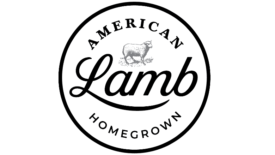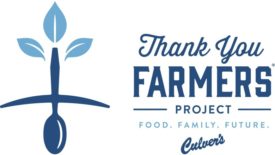Home » Keywords: » agriculture
Items Tagged with 'agriculture'
ARTICLES
Data shows rise of new and young producers.
Read More
Greenhouse gas reduction efforts in the meat industry, part 2
BION CEO discusses the biggest obstacles to green efforts in the meat industry.
November 13, 2023
Series kicks off with Southeast Sheep Production Workshop
Attendees from around the region learn about best production practices.
Read More
The Colvin Scholarship Fund awards 23 recipients $81,500
The fund reaches a record-breaking, lifetime $500,000 in awards to students improving the beef industry.
Read More
USDA and University of Kentucky break ground on new forage research building
Completion is targeted for 2026.
Read More
USDA announces availability of Inflation Reduction Act funding for climate-smart agriculture
The USDA's NRCS is making $850 million available in fiscal year 2023 for its oversubscribed conservation programs.
Read More
From passion to action: AFA alumnus paving the way for underrepresented students in food and agriculture
AFA alumnus Nick Tarleton advocates for students looking to find their place in the food industry.
Read More
Culver's Thank You Farmers Project donations surpass $4 million
The program raised over $750,000 in 2022 to support the future of agriculture.
Read More
Sanimax chooses Ekho for new Operational Performance Management solution
Ekhosoft will provide its OPM software solution for all Sanimax plants.
Read More
Stay ahead of the curve. Unlock a dose of cutting-edge insights.
Receive our premium content directly to your inbox.
SIGN-UP TODAYCopyright ©2024. All Rights Reserved BNP Media.
Design, CMS, Hosting & Web Development :: ePublishing







